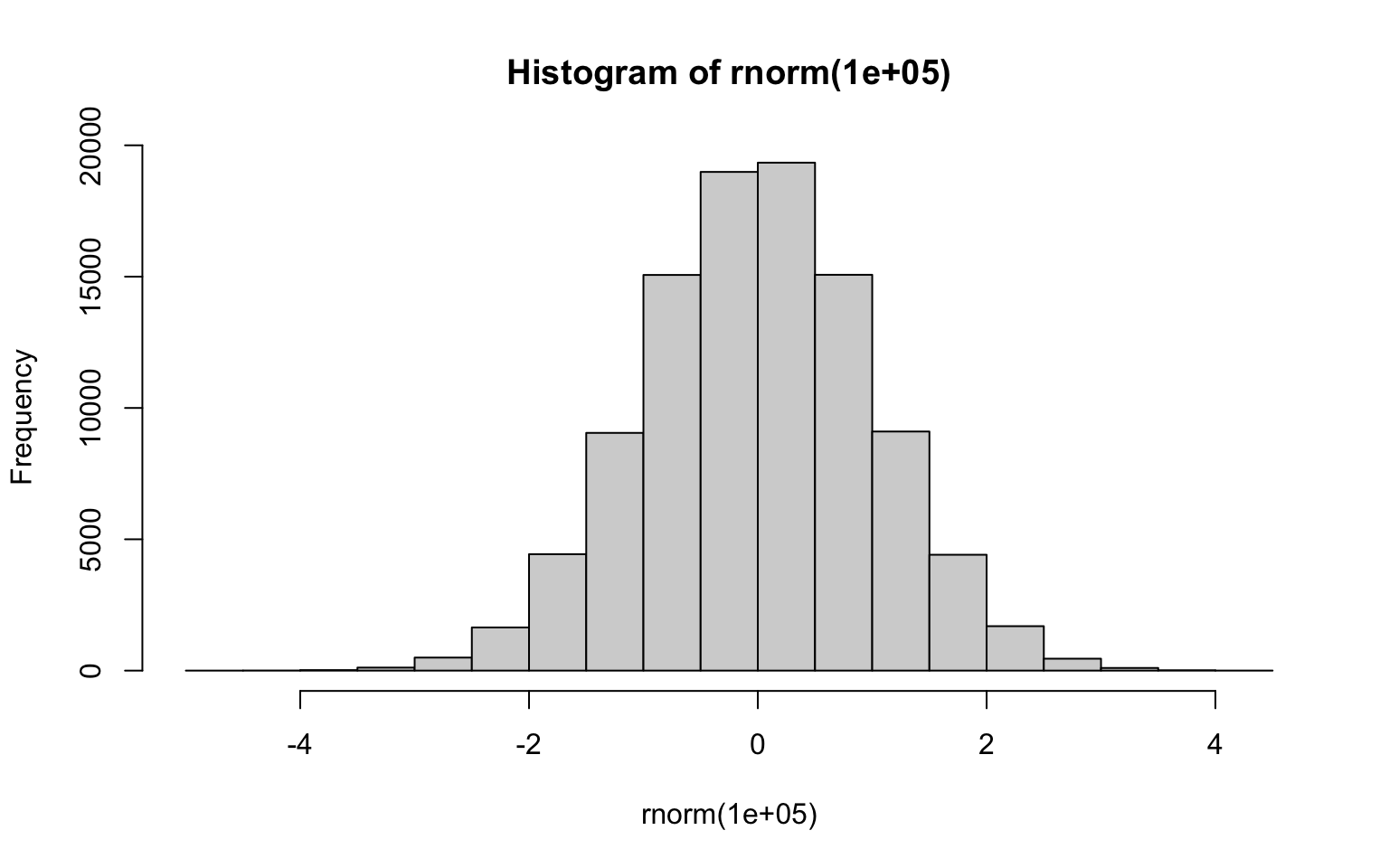Hidden Solutions
You found it!
This book will use the following conventions:
list(number = 1, letter = "A")
data/sales.csv
A list of mac and windows keyboard shortcuts.
I am going to learn a lot:
You found it!
Informational asides.
Tips
Notes to warn you about something.
Notes about things that could cause serious errors.
Notes about things that are important.
Try it yourself.
```{r}
#| label: fig-fenced-example
#| fig-cap: "#| Set `echo: fenced` for code chunks with headers"
#| echo: false
hist(rnorm(100000))
```
#| echo: fenced for code chunks with headers
echo in fenced code blocks
Use a version of #| with an invisible character to show options in a fenced code block that you don’t actually want to apply to this chunk, such as a second echo or a duplicate label. Copy and edit the text below into RStudio and you’ll see a red highlighted dot between # and |. These lines have to go below any lines that you do want to apply to this code block.
#| echo: false